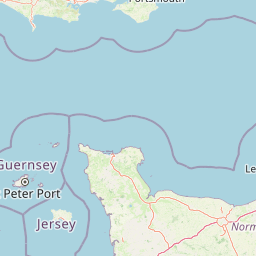Observational signals from phase transitions in the early Universe
Find Similar History 13 Claim Ownership Request Data Change Add FavouriteTitle
CoPED ID
Status
Value
Start Date
End Date
Description
The aim is to calculate observational signals from phase transitions the very early universe, and to assess the prospects for detection. A particular focus will be the gravitational waves from a first order electroweak phase transition, which are detectable at future space-based detectors such as eLISA. Recent work has shown that acoustic production is the main source of gravitational waves, and the power spectrum can be orders of magnitude greater than hitherto suspected. There is still little understanding of the shape of this power spectrum, and how it is related to the thermodynamic parameters of the phase transition such as the latent heat, which are in turn related to the fundamental parameters of theories beyond the Standard Model. The role of turbulence has not been studied numerically at all. Information from these theoretical studies are vital for eLISA design work, which seeks to optimise its configuration for science targets, including for cosmological sources such as phase transitions.
The project will (a) seek analytical models of the gravitational wave power spectrum, using data from a PRACE Tier-0 project which has just finished; (b) develop current code for simulating early universe phase transitions so that turbulent flows can be accurately modelled; (c) perform numerical simulations of turbulent flows generated by phase transitions; (d) incorporate the results into a complete model of the gravitational wave power spectrum from a first order phase transition; (e) investigate the prospects for model selection with eLISA data and (f) use knowledge and numerical skills gained for signals from other early universe processes such as reheating after inflation or cosmic strings.
The project will be carried out in a collaboration with the Department of Physics at the University of Helsinki. Calculations will be done with a mixture of analytic and numerical techniques, using local, national and international supercomputing facilities.
| University of Sussex | LEAD_ORG |
| European Space Agency | COLLAB_ORG |
| Mark Hindmarsh | SUPER_PER |
| Stephan Huber | SUPER_PER |
Subjects by relevance
- Cosmology
- Physics
- Gravitational waves
- Optimisation
- Gravitation
- Simulation
- Electroweak phase transition
Extracted key phrases
- Early universe phase transition
- Order electroweak phase transition
- Order phase transition
- Observational signal
- Gravitational wave power spectrum
- Early universe process
- Early Universe
- Elisa design work
- Elisa datum
- PRACE Tier-0 project
- Complete model
- Analytical model
- Model selection
- Numerical skill
- Turbulent flow
Related Pages
UK Project Locations







